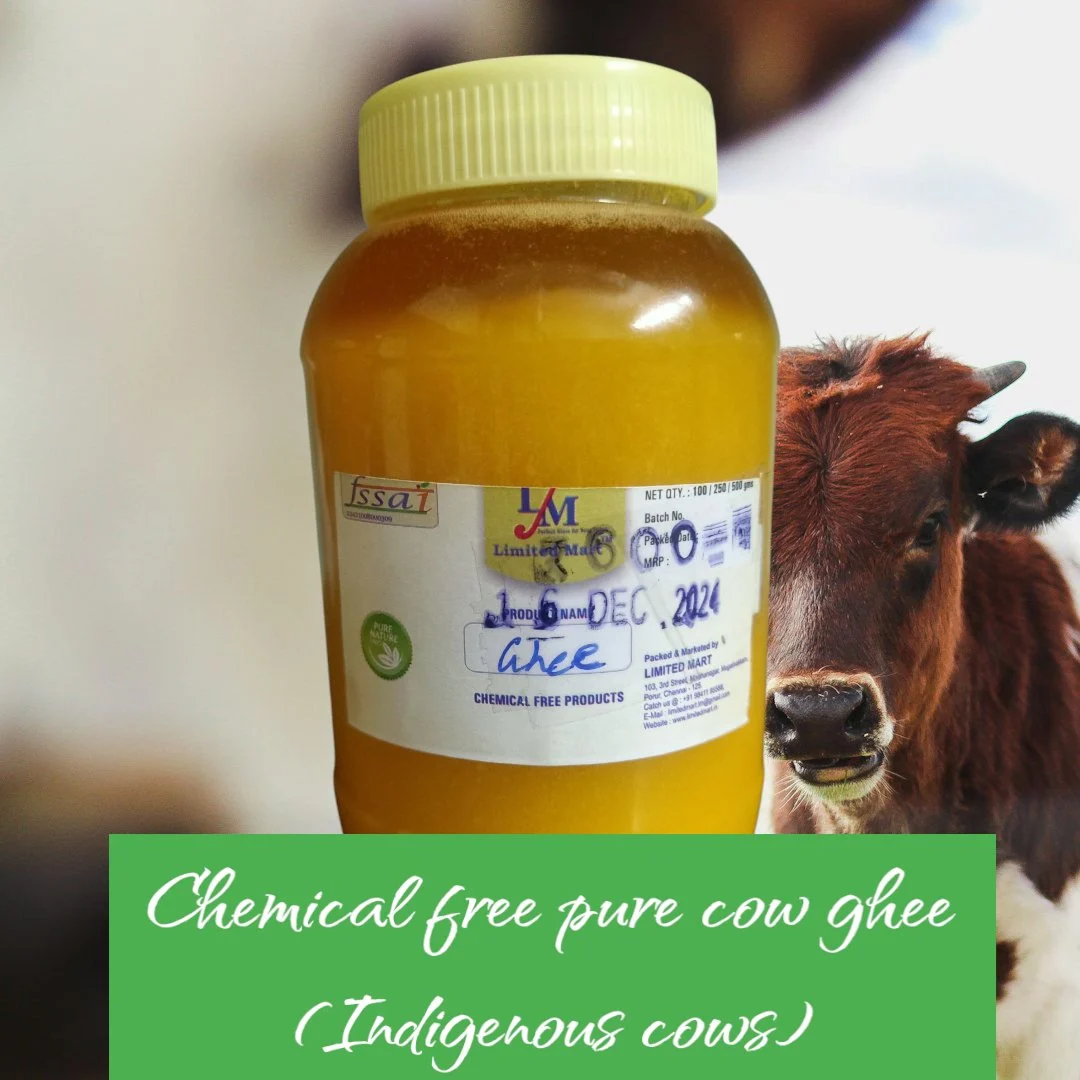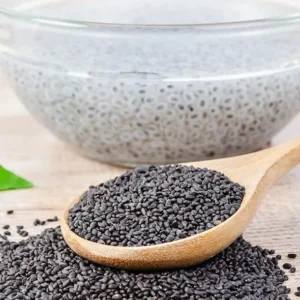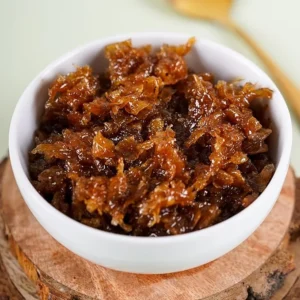Chemical free Pure Cow Ghee(Indigenous cows) Processed in Bilona Traditional Method
₹160.00 – ₹638.00
Nourish your Family with Pure Cow Ghee!🥛
*Cow Ghee – Bilona Method*
1. *Indigenous Cow Source*: Made from cow milk of grass-fed, indigenous cows.
2. *Traditional Bilona Method*: Prepared using ancient, low-heat processing technique/Home made.
3. *Rich Nutrition*: High in fat-soluble vitamins (A, D, E, K) and conjugated linoleic acid (CLA).
4. *No Additives*: No preservatives, artificial flavors, or chemicals used.
5. *Health Benefits*: Enhances digestion, immunity, heart health, and mental clarity.
6. *100% Pure & Natural*: Vegan-free, gluten-free, and non-GMO
Description
Nourish your Family with Pure Cow Ghee!🥛
*Cow Ghee – Bilona Method*
1. *Indigenous Cow Source*: Made from cow milk of grass-fed, indigenous cows.
2. *Traditional Bilona Method*: Prepared using ancient, low-heat processing technique/Home made.
3. *Rich Nutrition*: High in fat-soluble vitamins (A, D, E, K) and conjugated linoleic acid (CLA).
4. *No Additives*: No preservatives, artificial flavors, or chemicals used.
5. *Health Benefits*: Enhances digestion, immunity, heart health, and mental clarity.
6. *100% Pure & Natural*: Vegan-free, gluten-free, and non-GMO.






